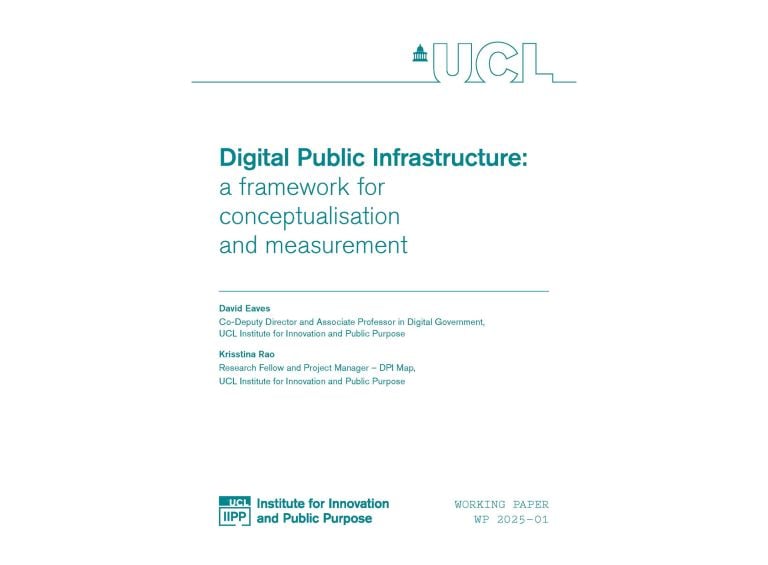SELFOU: SPICE-UP YOUR WORK-LIFE!
DPI News
About Digital Transformation by theme
If you are looking for something that you don't find in this section, but know it was here before, take a look at the archives section under the archives by theme tab
DPI Documents
About Digital Transformation by theme
David Eaves writes:
Many people talk about Digital Public Infrastructure and ways to define it. Nothing focuses your attention more around definitions than trying to very practically try to identify and measure systems.
The paper below documents our methodologically approach behind creating the DPI map. We think it will be of deep help to funders, practitioners and other academics as they seek to measure DPI's impact and pervasiveness.
UCL Institute for Innovation and Public Purpose (IIPP)UCL Institute for Innovation and Public Purpose (IIPP)
How do we define and measure Digital Public Infrastructure (hashtag#DPI)?
The newest working paper by IIPP's David Eaves & Krisstina Rao develops a conceptual framework to define and measure hashtag#DPI, addressing its growing policy relevance, providing guidance for policymakers, and contributing to the ongoing IIPP hashtag#DPI Map research project.
🔗Read the working paper here: https://lnkd.in/ddd8edyh
🗺️Discover the DPI Map here: https://dpimap.org/


New paper on Interactions Between Artificial Intelligence and Digital Public Infrastructure: Concepts, Benefits, and Challenges written by Sarosh Nagar and David Eaves
Abstract:
Artificial intelligence (#AI) and digital public infrastructure (#DPI) are two technological developments that have taken center stage in global policy discourse. Yet, to date, there has been relatively little discussion about how AI and DPI can mutually enhance the public value provided by each other. Therefore, in this paper, we describe both the opportunities and challenges under which AI and DPI can interact for mutual benefit. First, we define both AI and DPI to provide clarity and help policymakers distinguish between these two technological developments. Second, we provide empirical evidence for how AI, a general-purpose technology, can integrate into many DPI systems, aiding DPI function in use cases like language localization via machine translation (#MT), personalized service delivery via recommender systems, and more. Third, we catalog how DPI can act as a foundation for creating more advanced AI systems by improving both the quantity and quality of training data available. Fourth, we discuss the challenges of integrating AI and DPI, including high inference costs for advanced AI models, interoperability challenges with legacy software, concerns about induced bias in AI systems, and privacy challenges related to DPI. We conclude with key takeaways for how policymakers can work to enhance the positive interactions of AI and DPI.
